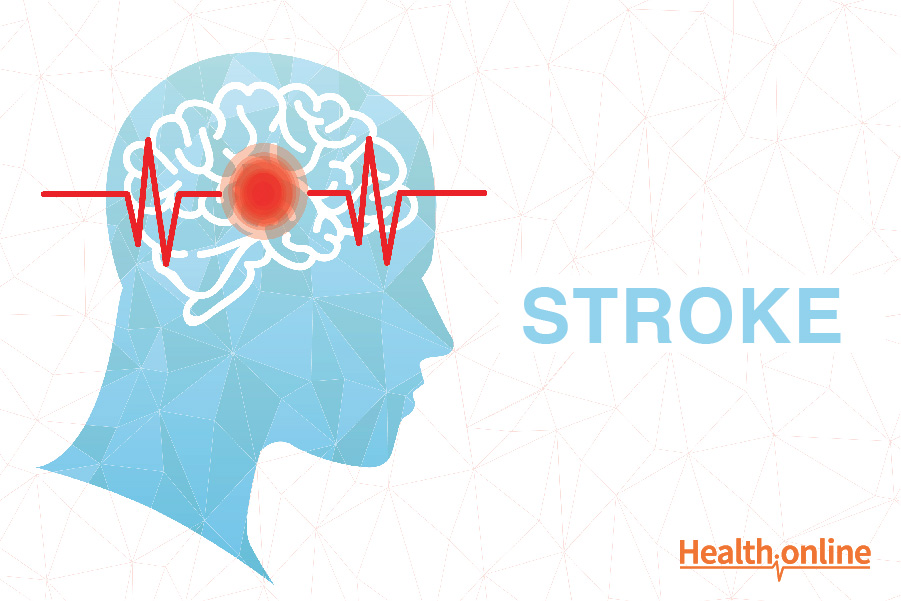
Introduction and Types of Stroke
Introduction to Stroke
Many people confuse strokes with heart attacks, but they are separate problems. A stroke attacks the brain not the heart.
A stroke is a serious medical condition that results from a blockage of blood supply to a part of the brain. When oxygen-rich blood is unable to reach a section of tissue in the brain, the result will be serious damage and death to said brain cells. The saying “time is tissue” can be used in this scenario. The longer the brain tissue goes without oxygen, the worse off the patient will be. Two-thirds of strokes lead to some form of disability and the recovery period will often be life long. Most people fear the loss of muscle control since strokes often lead to loss of limb movement, speech clarity, and control in the facial muscles. Strokes are among the top five causes of death in the United States. The good news is that the vast majority of strokes are preventable. A healthy lifestyle and with diet and exercise can reduce risk of strokes
Types of Stroke
Your central nervous system is composed of two part; the brain and spinal cord. For your brain to function properly it needs to be supplied with adequate amounts of blood. This supply of blood transports oxygen from your lungs to your brain and carbon dioxide from the brain to your lungs. For blood to reach the brain there are passageways through which it travels called the blood vessels. There are two types of blood vessels: the arteries and the veins. The arteries carry your blood towards your brain, while the veins carry your blood away from it for eventual elimination in your lungs. The arteries going to your brain—medically known as cerebral arteries—are principally involved in the causation of stroke. When these arteries are blocked you will suffer from stroke.
There are two kinds of stroke: Ischemic and Hemorrhagic .
Ischemic stroke: More common in occurrence. Most often caused by blood clots cutting off the blood supply to part of the brain. There are two ways that your cerebral arteries could become blocked or clogged. One is the result of a gradual deposition of fat and cholesterol, this is known as a cerebral thrombosis. The other manner in which a blockage could occur is by blood clots that are produced elsewhere in the body traveling to the brain. This is known as a cerebral embolism.
Hemorrhagic stroke: There is involvement of artery breakage in the brain. Such strokes are most frequently caused by high blood pressure pounding on the artery walls or a brain aneurysm. Stroke could also happen when one of your cerebral arteries ruptures or leaks; this is called cerebral hemorrhage. When the blockage happens on the surface of your brain, immediately on the inner side of your skull, it is called subarachnoid hemorrhage. Deeper types of stroke are fatal and more dangerous.




